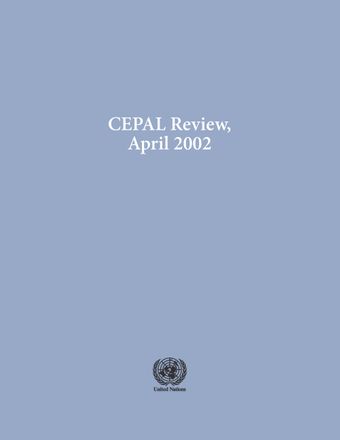-
Bolivia’s commodity price shock
- Source: CEPAL Review, Volume 2002, Issue 76, Oct 2002, p. 167 - 183
- Spanish
-
- 06 Oct 2006
- Previous Article
- Table of Contents
- Next Article
Abstract
The adverse shock affecting commodity prices has received little attention, at least by comparison with the recent financial crisis. The latest fall in international prices shows that, contrary to what is claimed in the empirical literature, most of these prices tend to move in unison during periods of expansion and contraction in the economic cycle. Constant shocks help account for the variability of Bolivian export prices, and the inclusion of a new sector, soya, in the export portfolio has not reduced overall risk. The conclusion is that Bolivia’s policy of diversifying commodity exports has not had the effect of reducing risk, evening out cycles, reducing price volatility or increasing real export revenue. It is suggested that manufacturing exports be developed to make the country less vulnerable to shocks.





